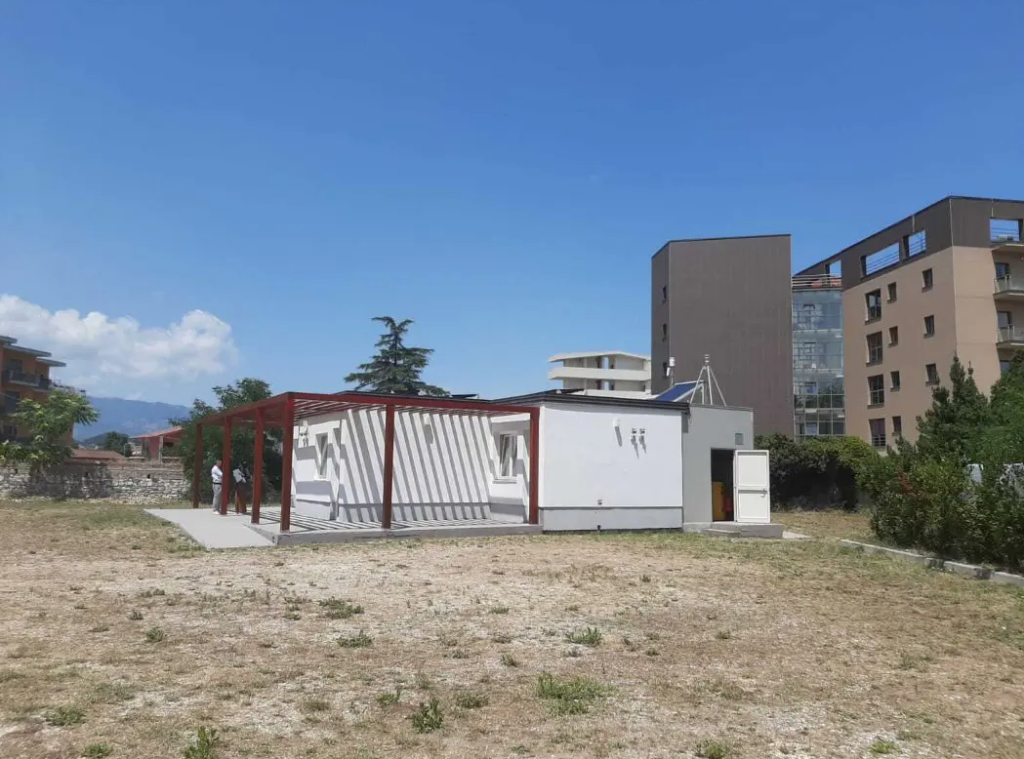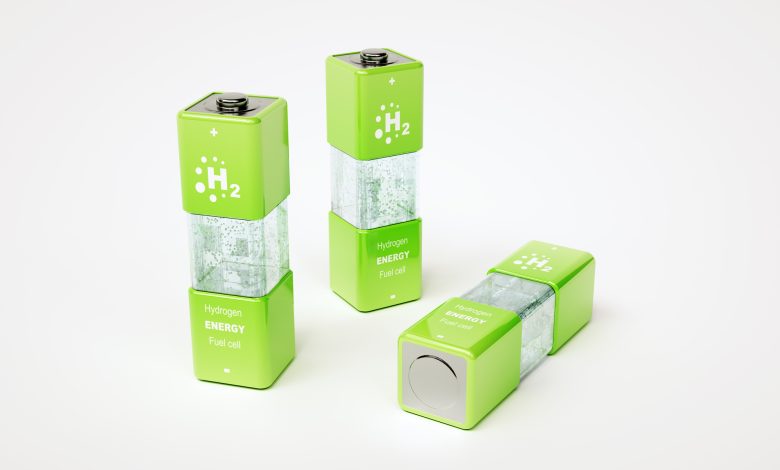From nzeb to H-ZEB: the first hydrogen building inaugurated in Benevento
The project was born from the collaboration between the University of Sannio, the District STRESS and Solid Power Spa
(Sustainabilityenvironment.com) – Yesterday in Benevento, the Italian city of Campania, an important milestone was reached in the residential sector, managing to improve performance and emissions in a building already considered nzeb, nearly Zero Energy Building. We are talking about the inauguration of the first full-scale hydrogen building, H-ZEB, Hydrogen Zero Emission Building.
The structure was designed and built by STRESS, the technological district of Campania for sustainable construction and the University of Sannio as a demonstration project in full scale of the research project SMART CASE “Innovative multifunctional solutions for the optimization of primary energy consumption and indoor living in the building system“. Thanks to the support of H2IT, Italian Association for Hydrogen and Fuel Cells and the Italian company Solid Power SpA, the project has found a real application in the demonstration building of the University of Sannio.
Read also Born in Venice, the first public hydrogen filling station
“Today the collaboration has been strengthened thanks to the agreement between Stress and the company Solid Power, Italian company leader in hydrogen technologies”, says the President of the Technological District Ennio Rubino. “There are four aspects to underline: we respond more effectively to the achievement of the objectives of decarbonization of the built environment and recently strengthened at European level with the RePower EU initiative, We encourage collaboration between territories, in particular, North/ South desired both by the PNRR and by European cohesion policies and Solid Power has its Italian headquarters in Trentino”.
The first hydrogen building in Europe to use this technology

The upgrade of the starting structure – already at zero consumption, powered by renewable solar and geothermal energy – has allowed the installation of a microgenerator fuel cell with solid oxides powered by 100% pure hydrogen. The plant is responsible for supplying electricity and heat to the building, which is currently inhabited by two university students. Moreover, thanks to the complete monitoring of the structure, through integrated home automation, the residence becomes a real Living Lab. A “technological gym” where you can test in real-time, the performance, the criticalities and the potential of the innovative system, to promote the diffusion of this technology is still little known, but just as safe and profitable.






